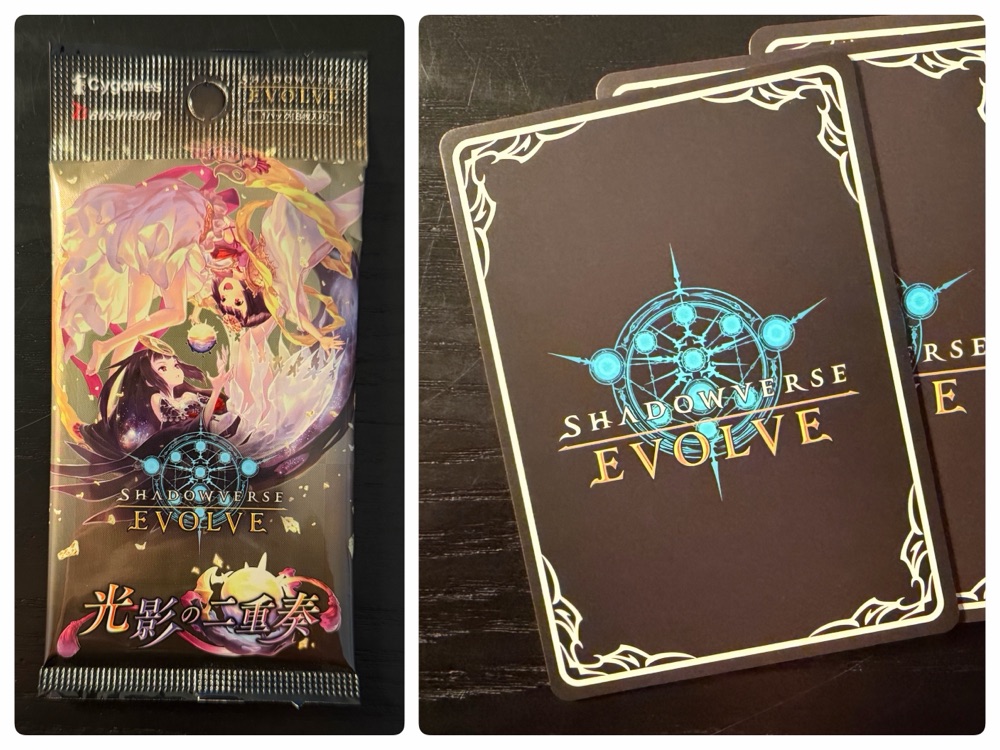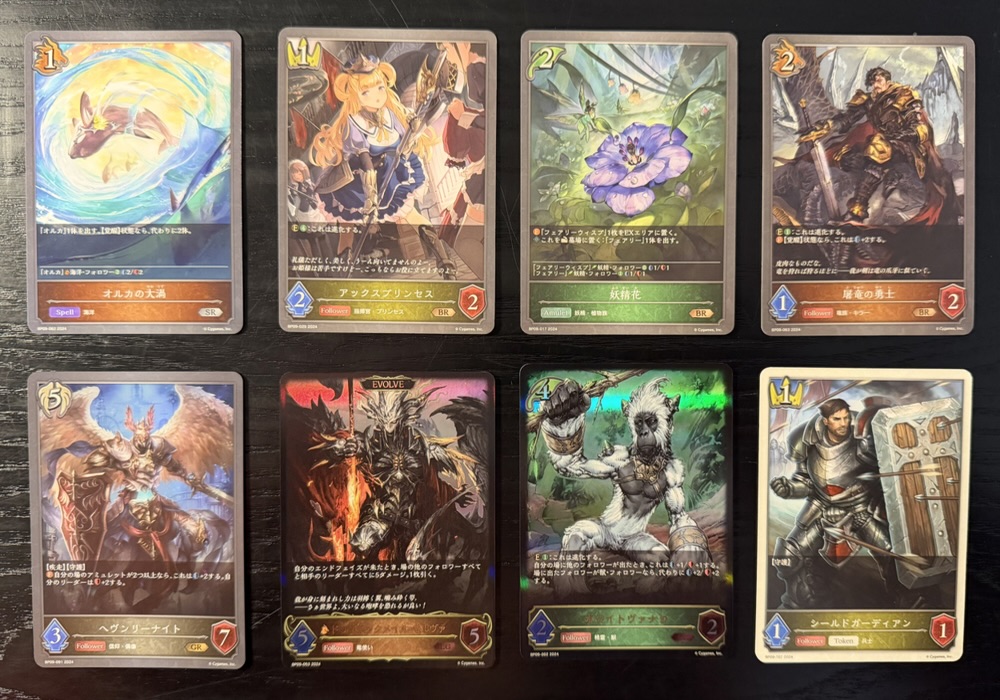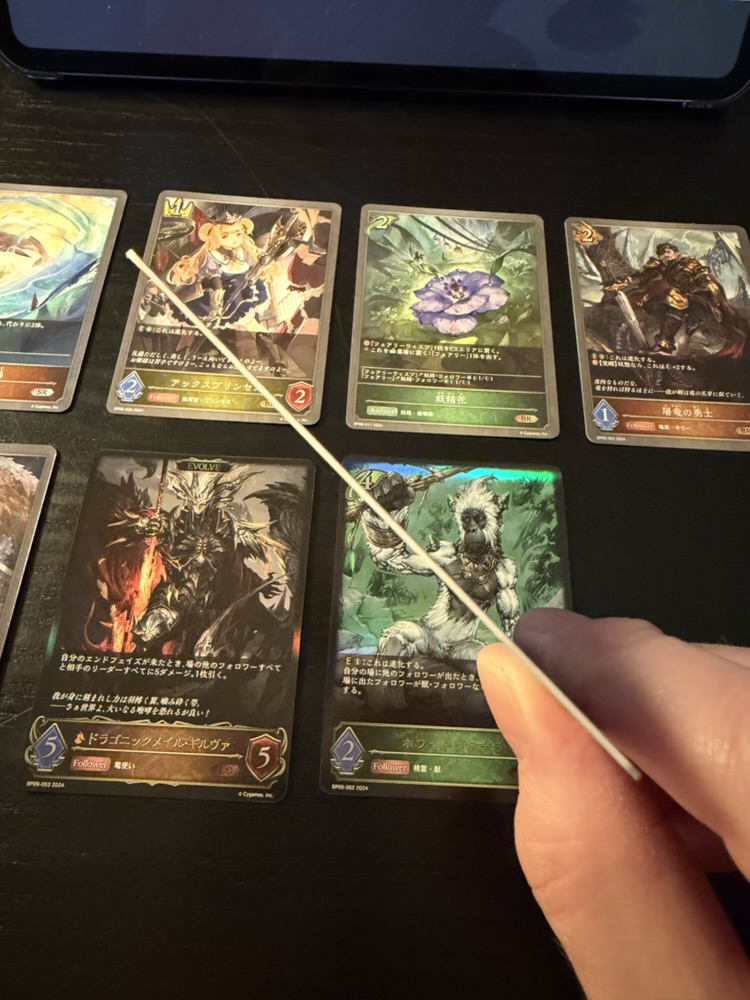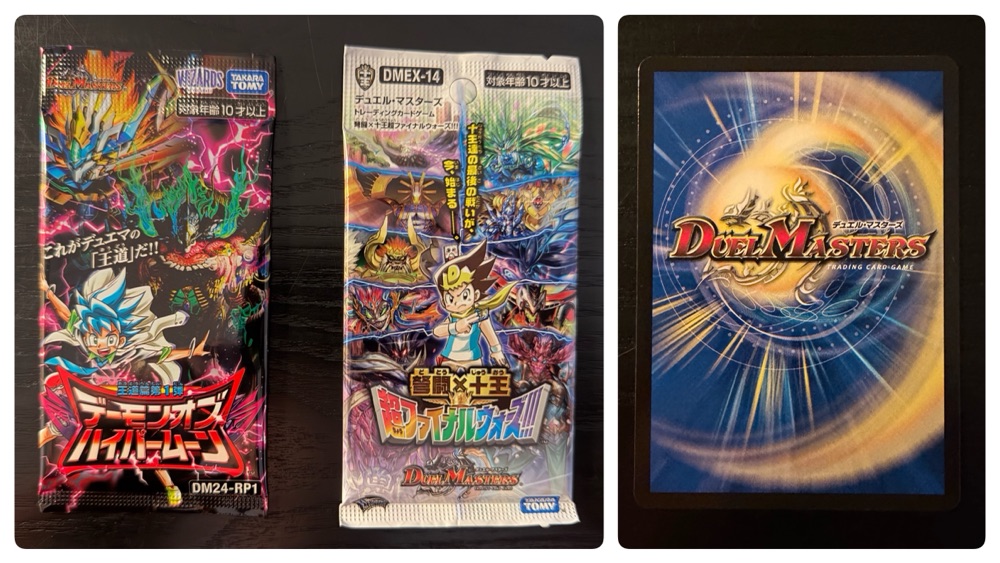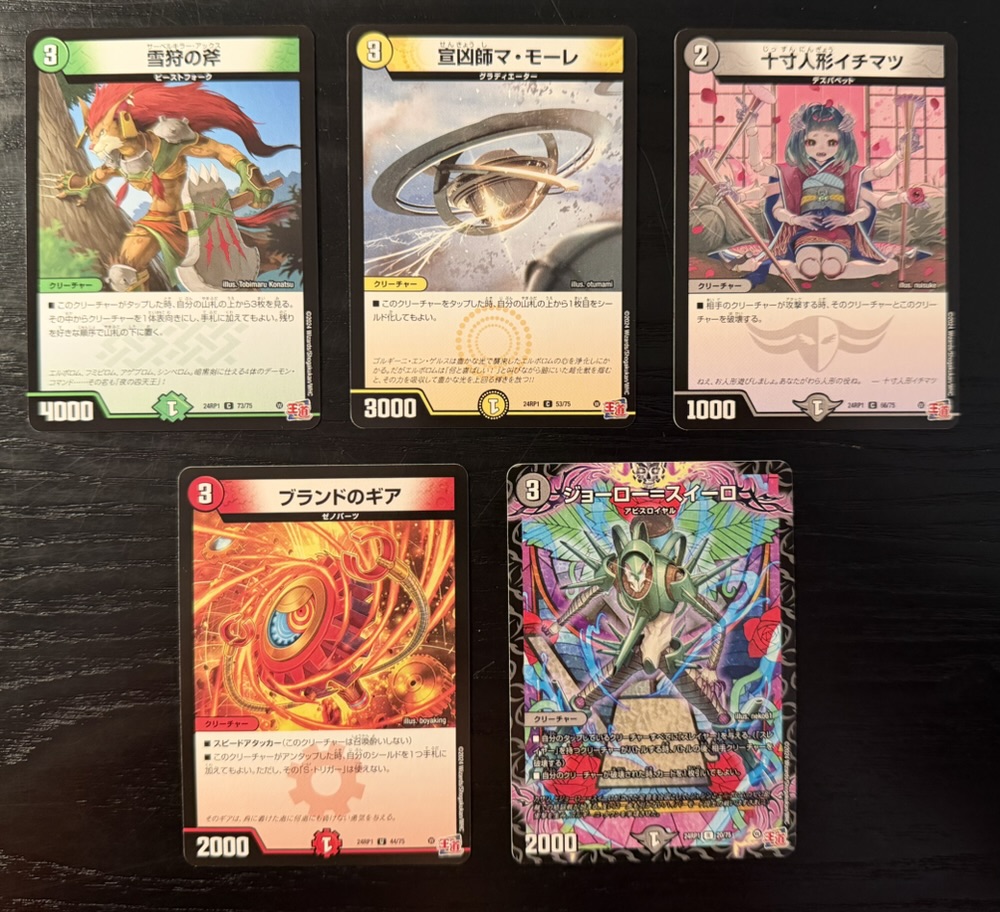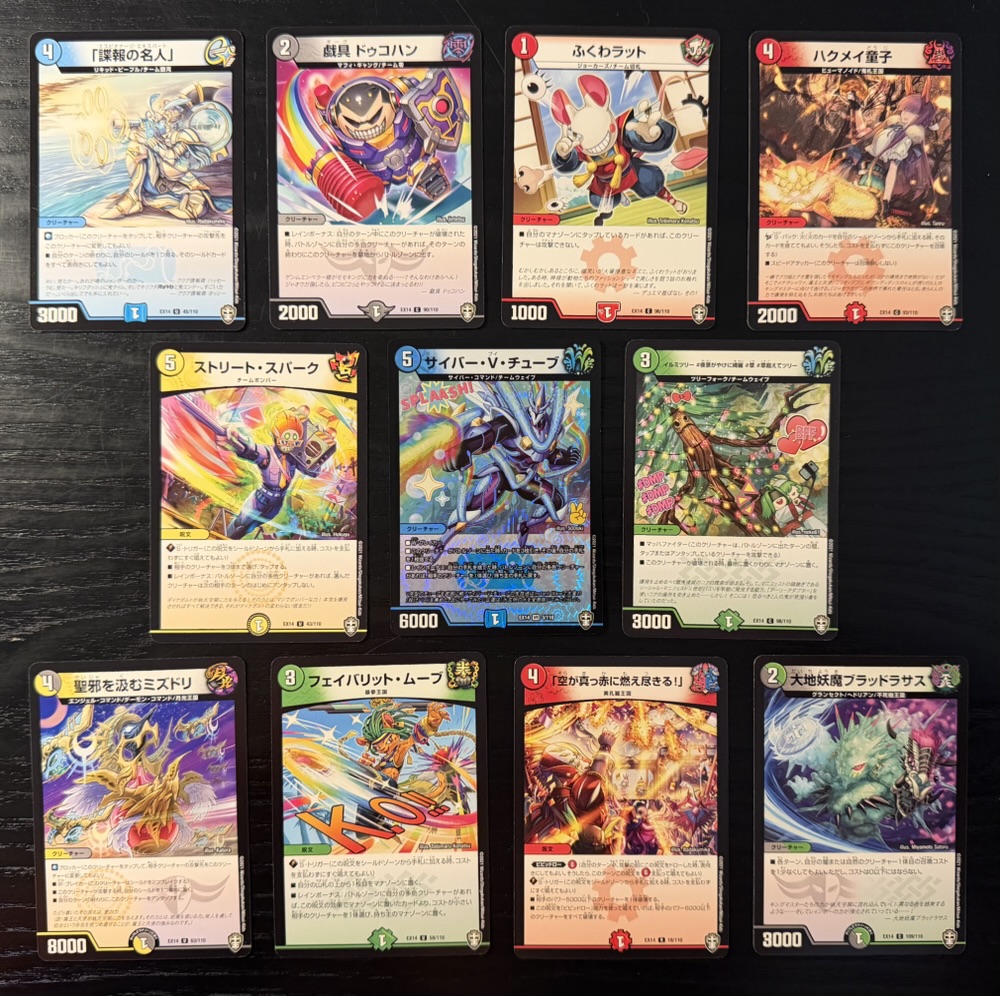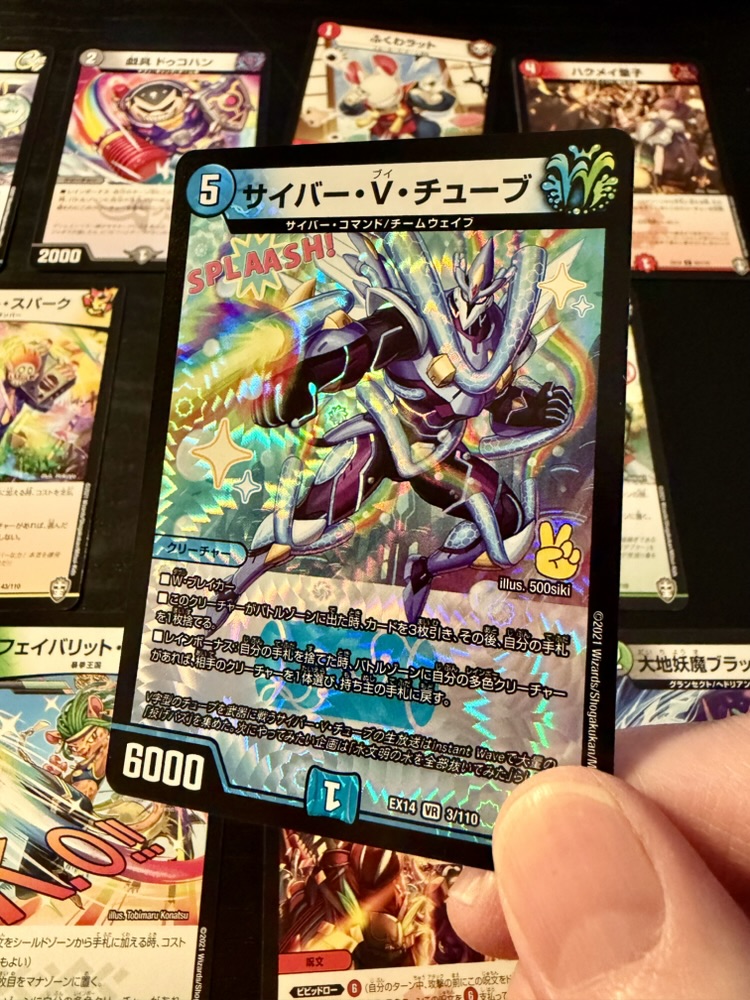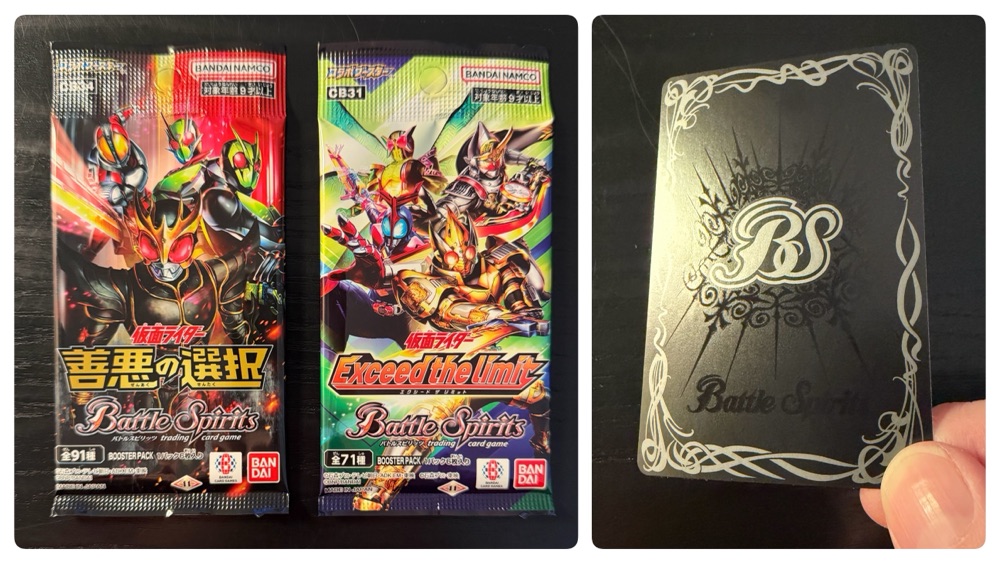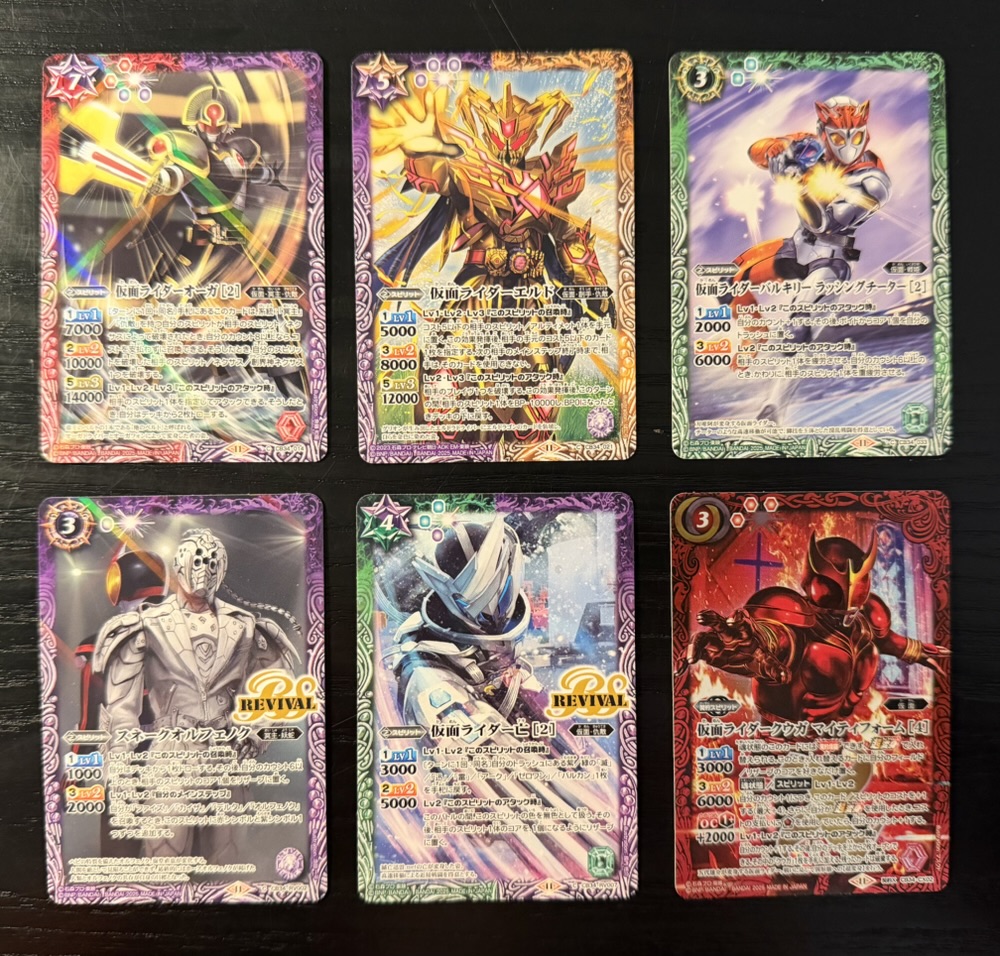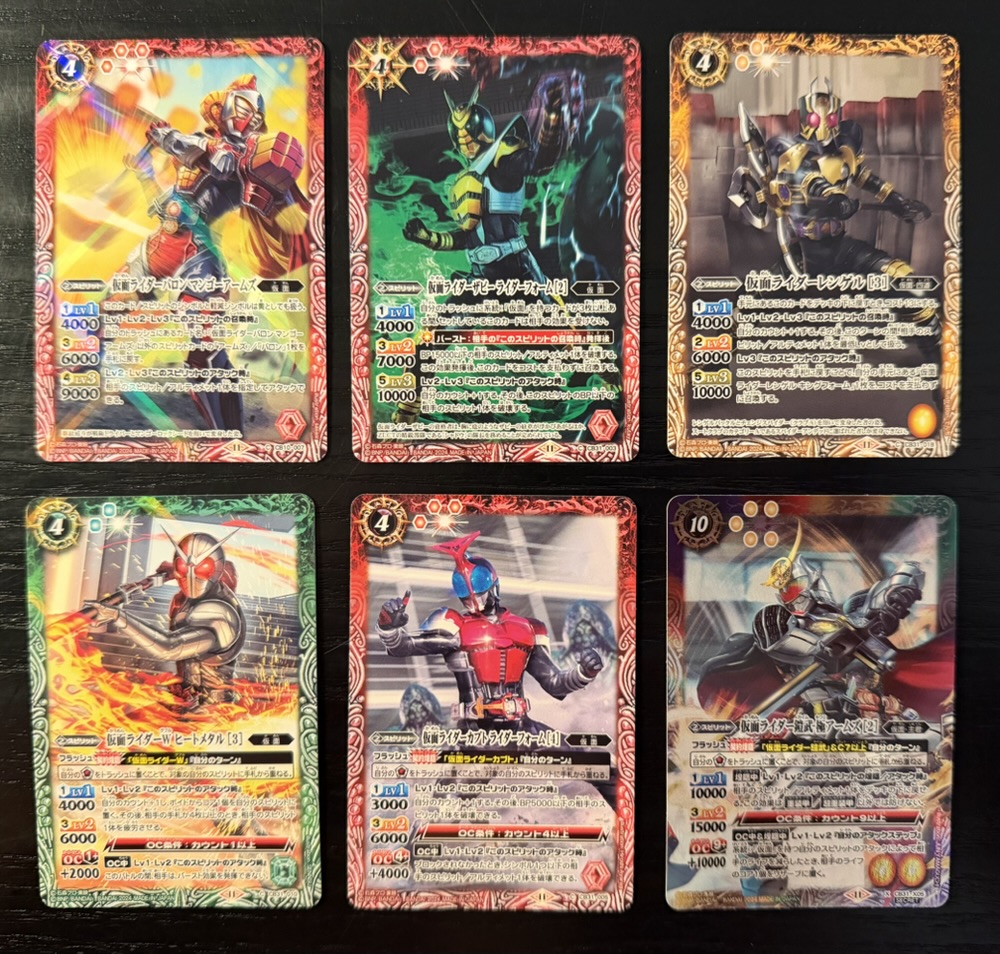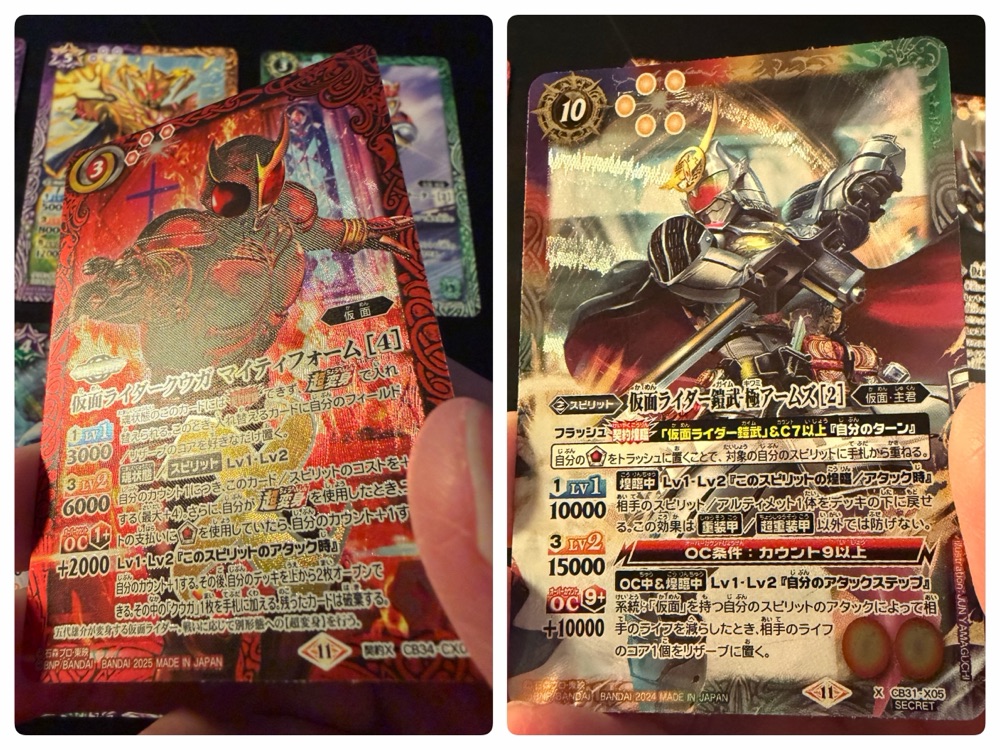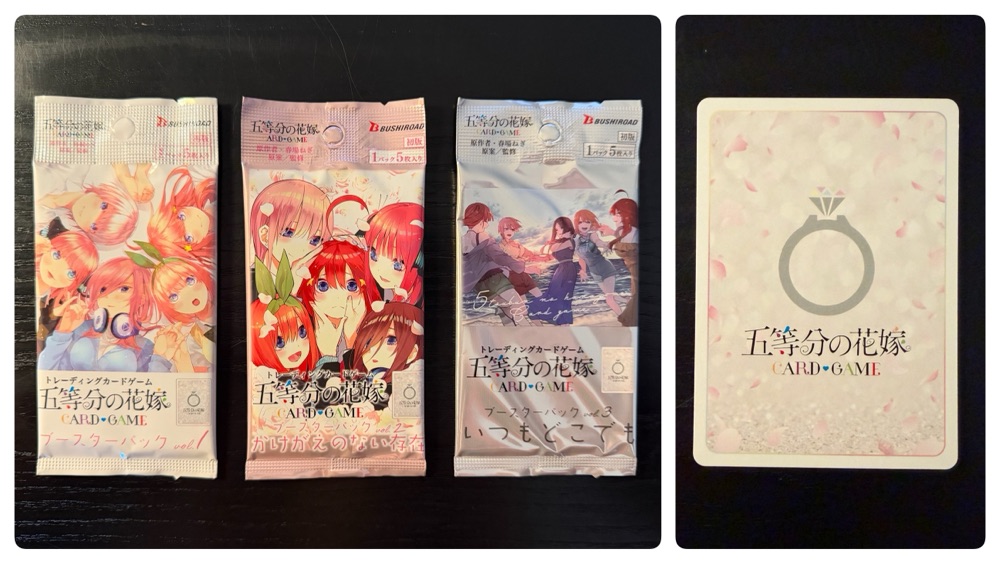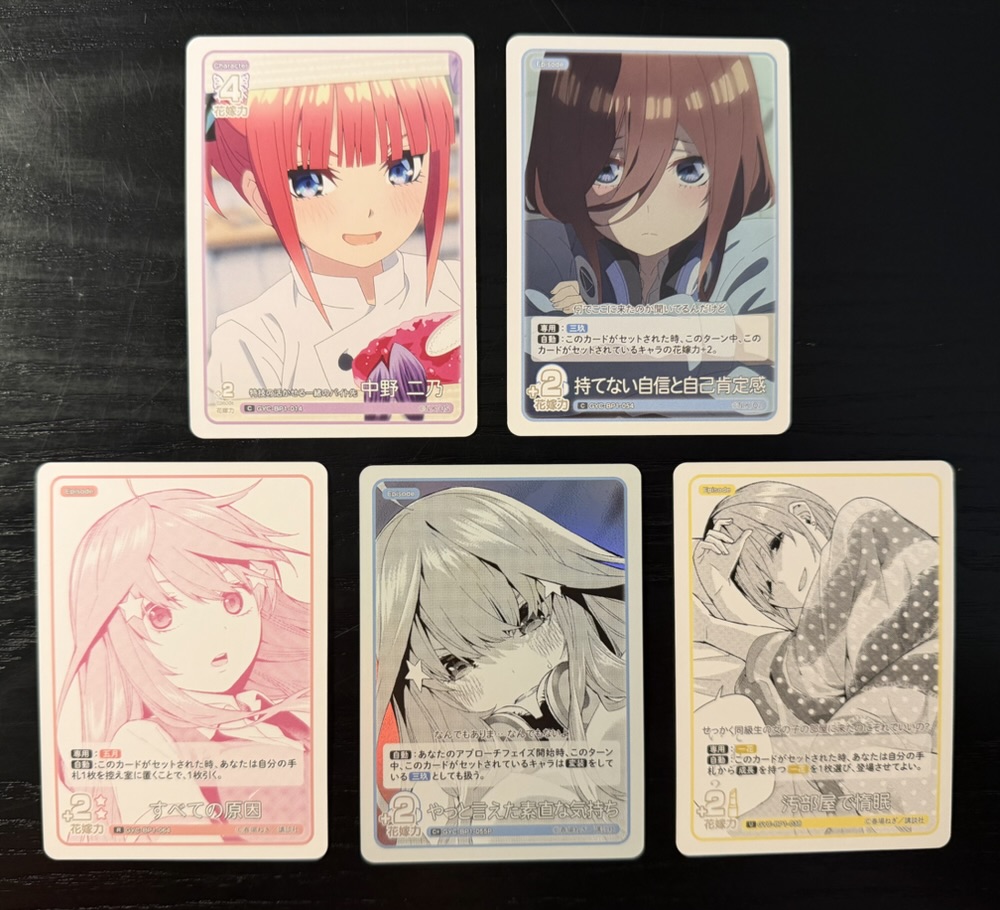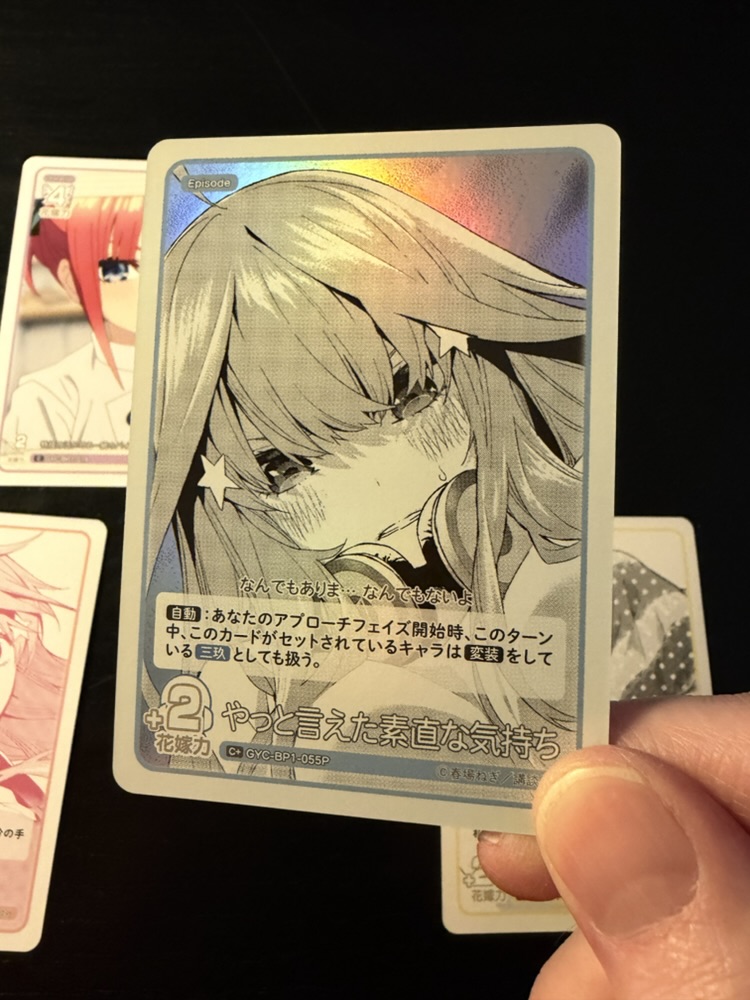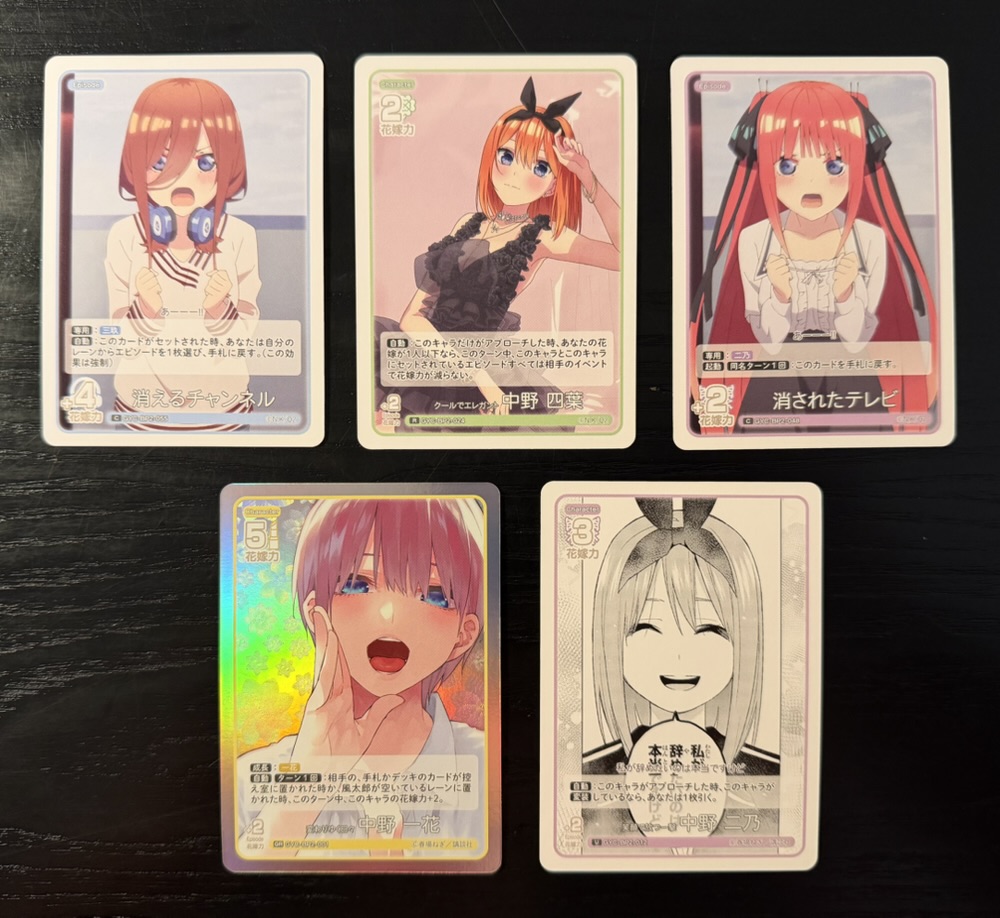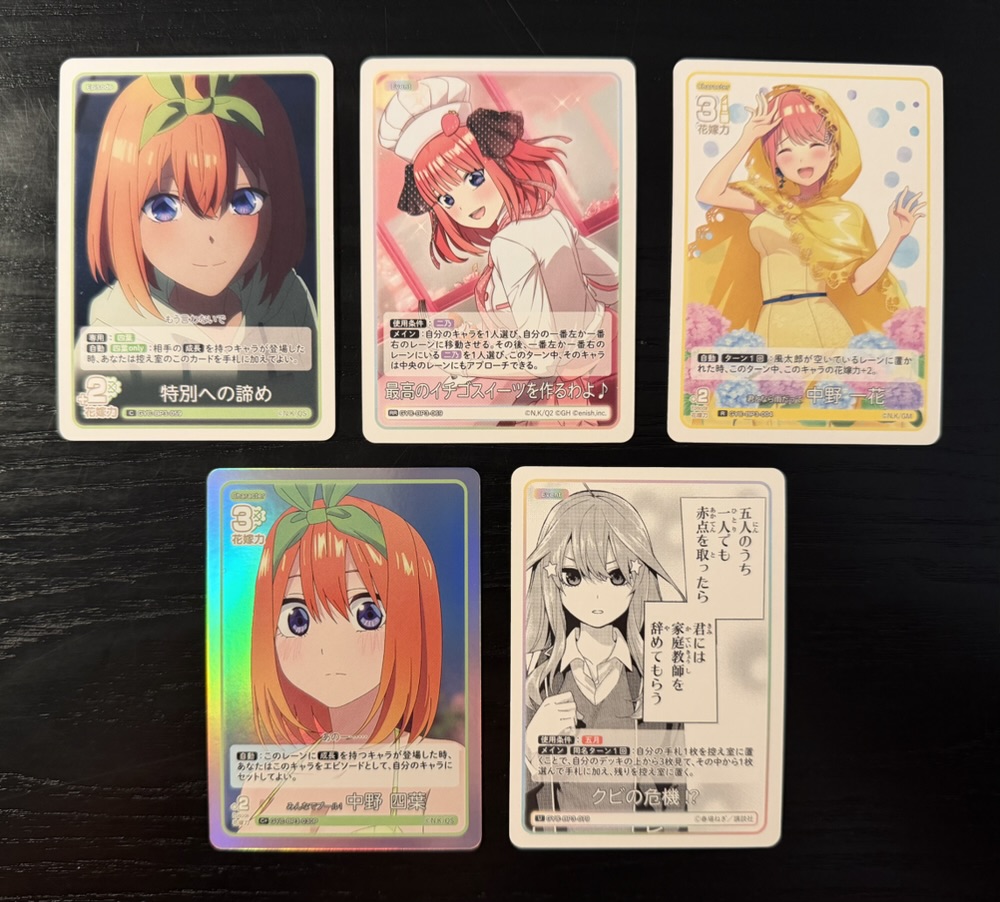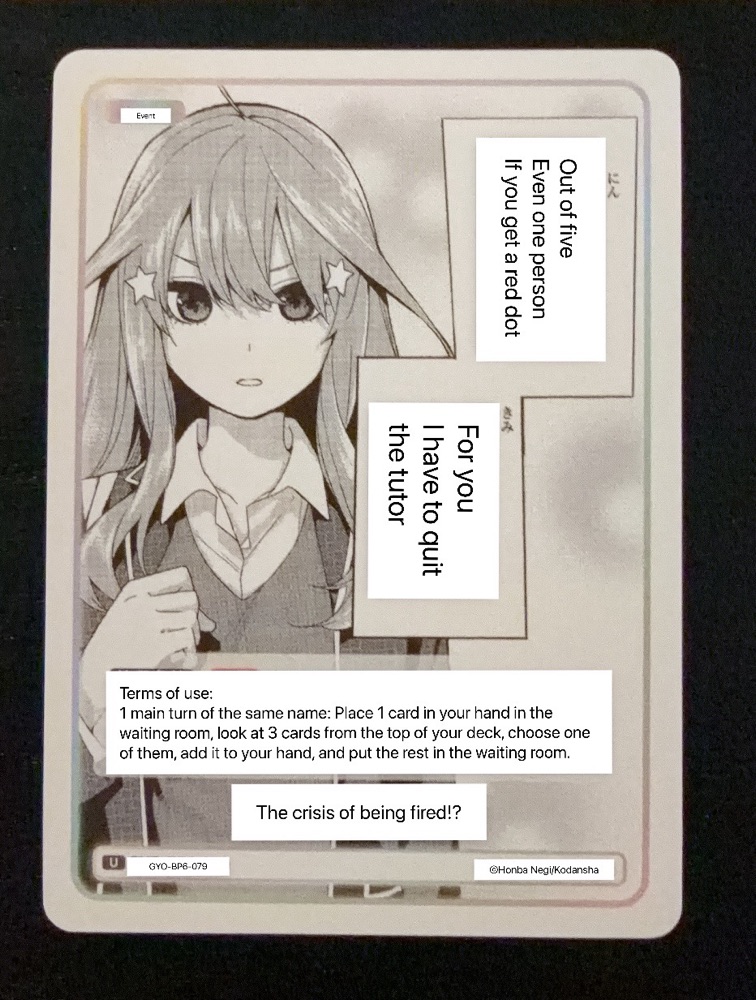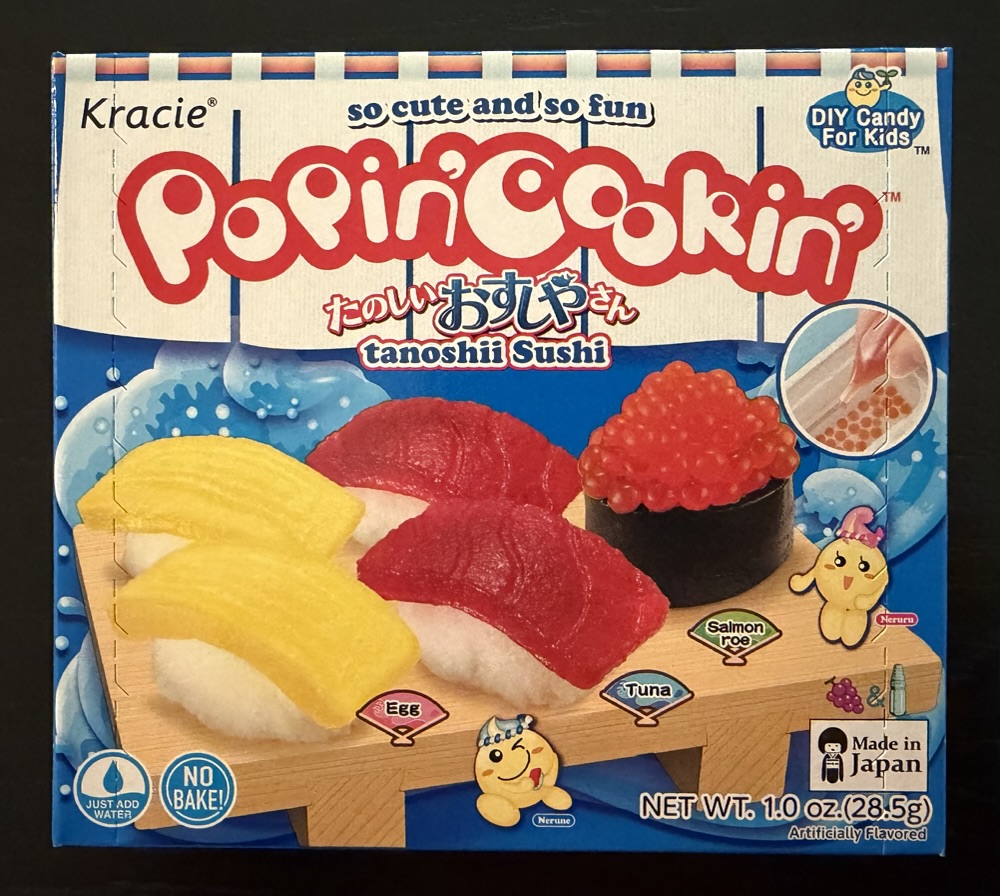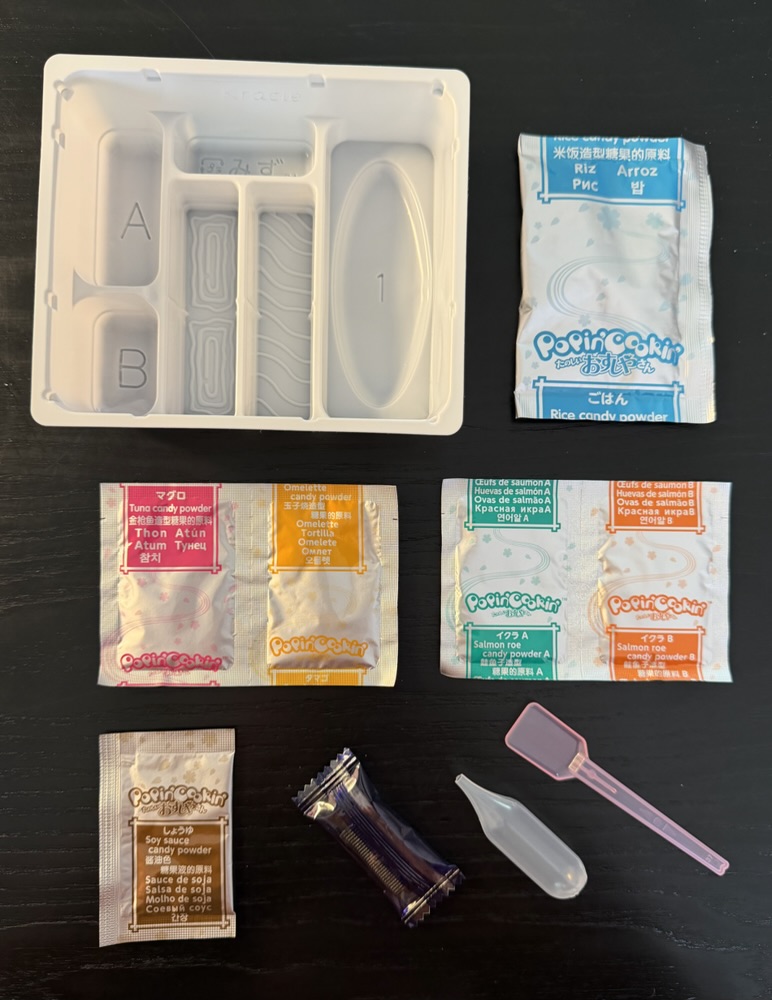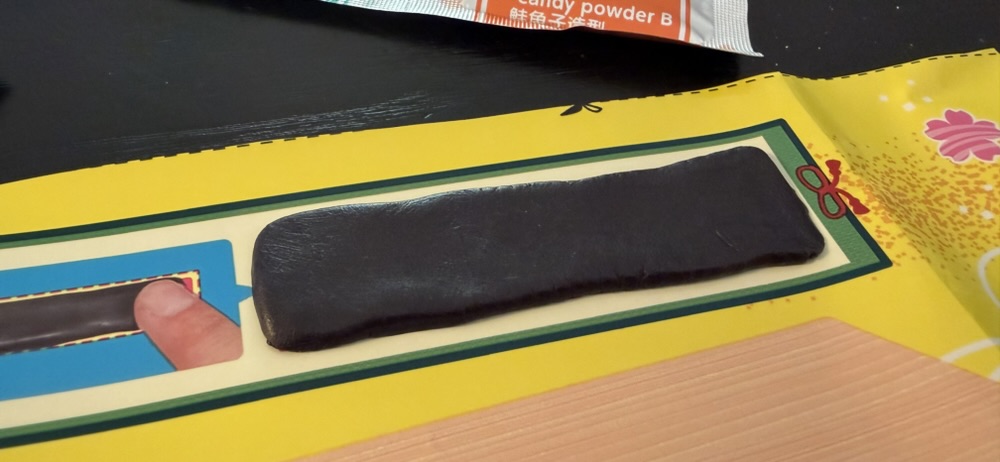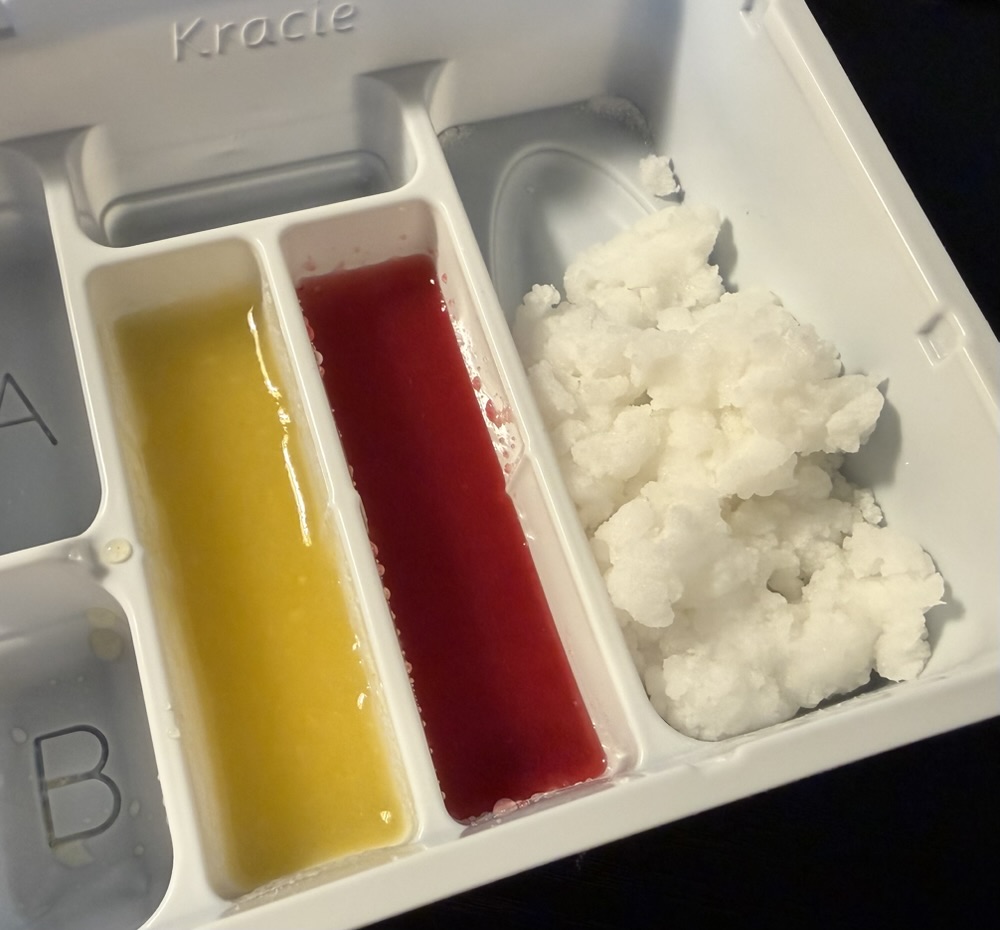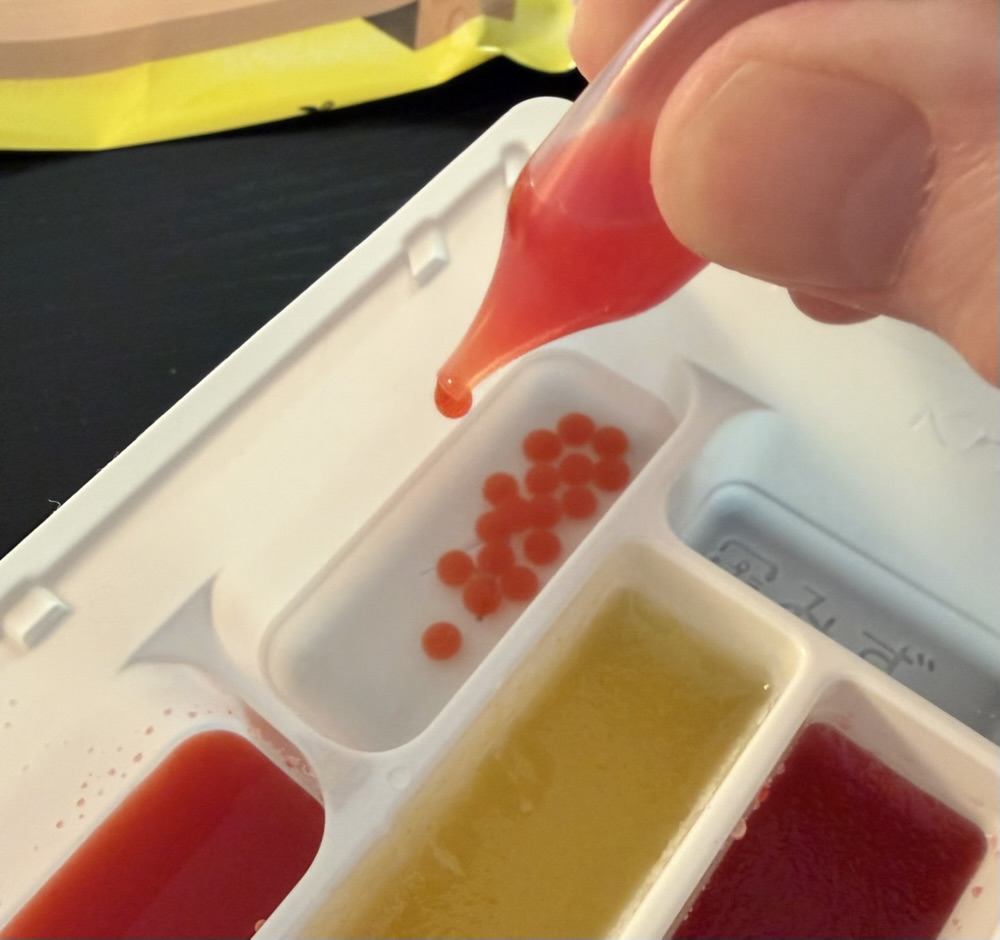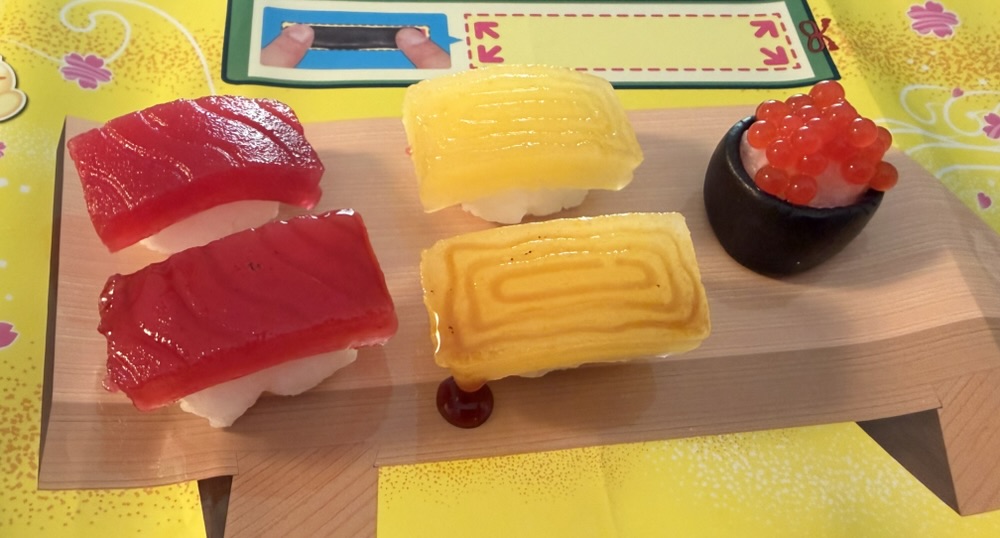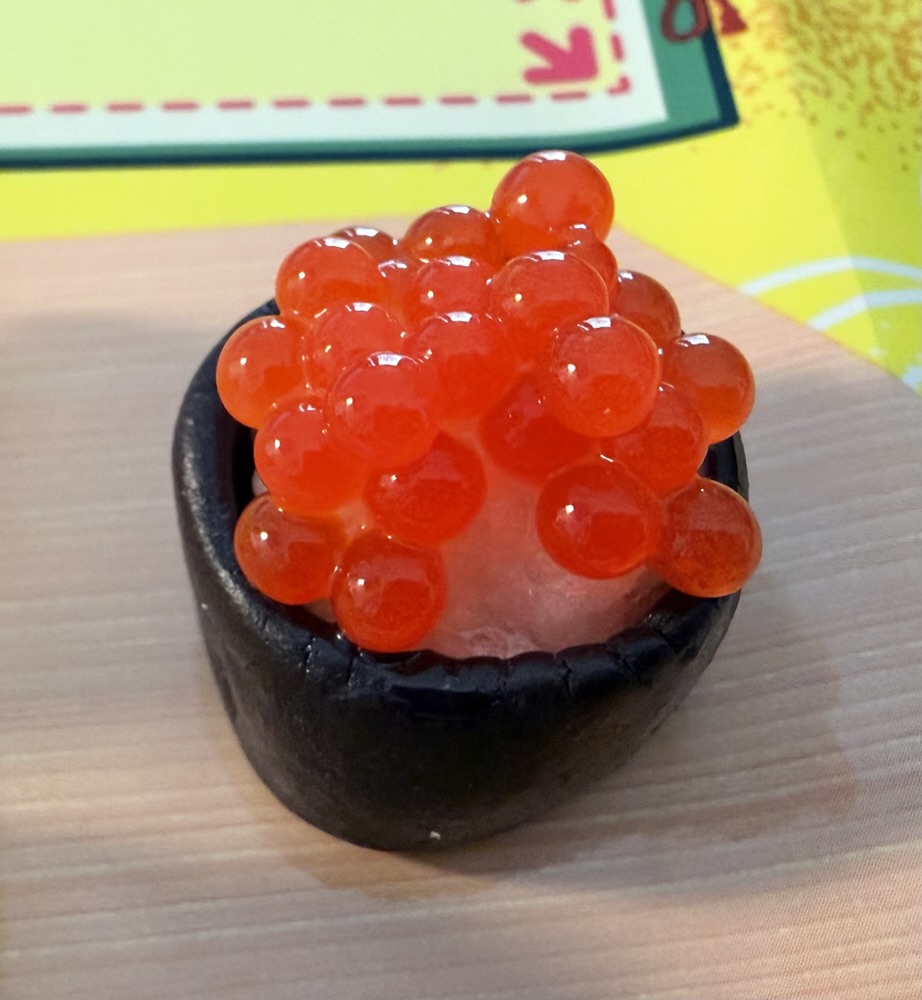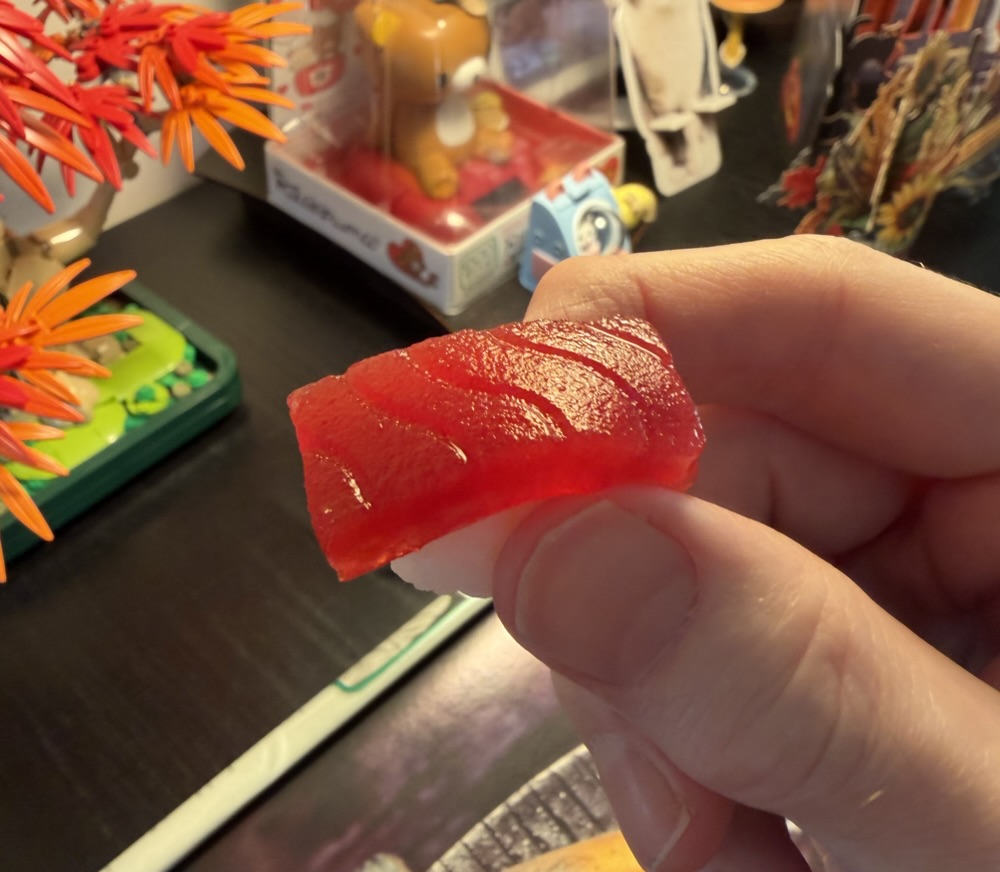Yesterday was Halloween, and for the second year in a row we went to Jessica’s place since our neighborhood seems to have aged out of kids and hers is the exact opposite.
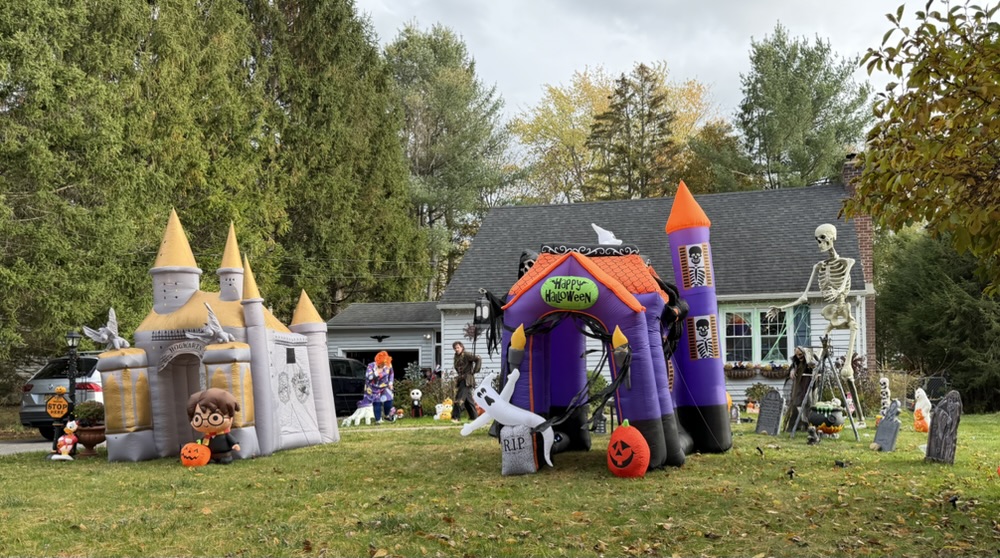
Decorations this year feel muted compared to previous years, and I imagine this is because of the economy. The giant skeletons and inflatables (shown above in the front yard of a house near us) in particular are very expensive and a non trivial investment for once-a-year use.
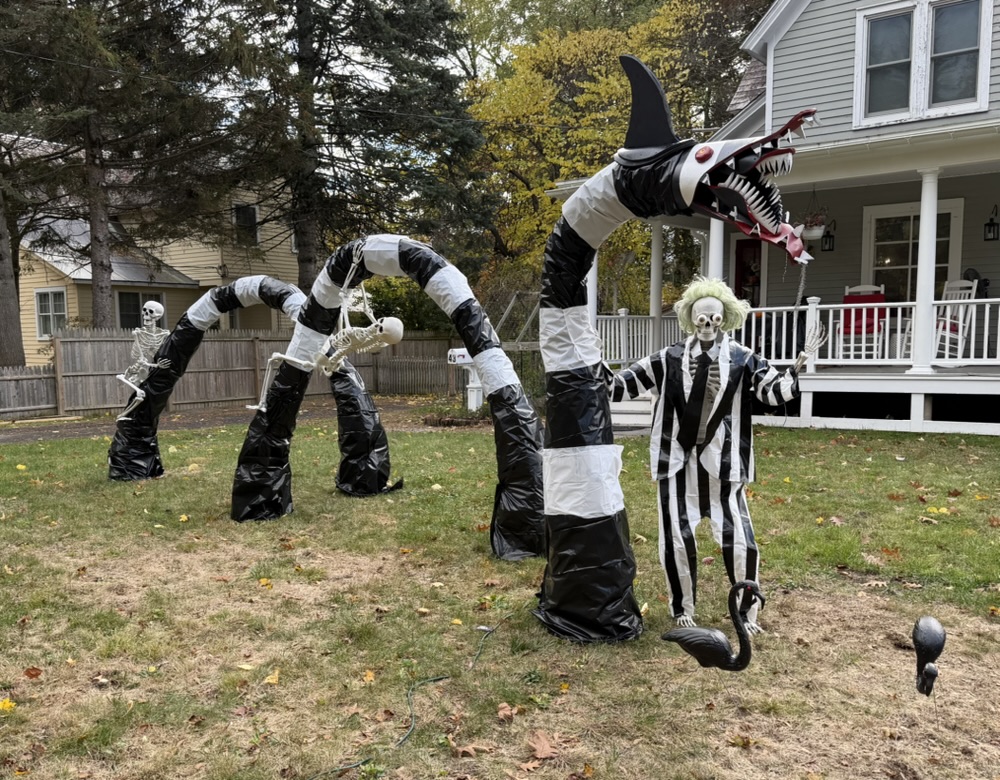
The house just down the street wasn’t daunted though, continuing with their habit of custom-made lawn decorations. Here we have a skeletal Beetlejuice with the sandworm (from the films) and yes it’s as big as it looks. A vast amount of effort went into this creation.
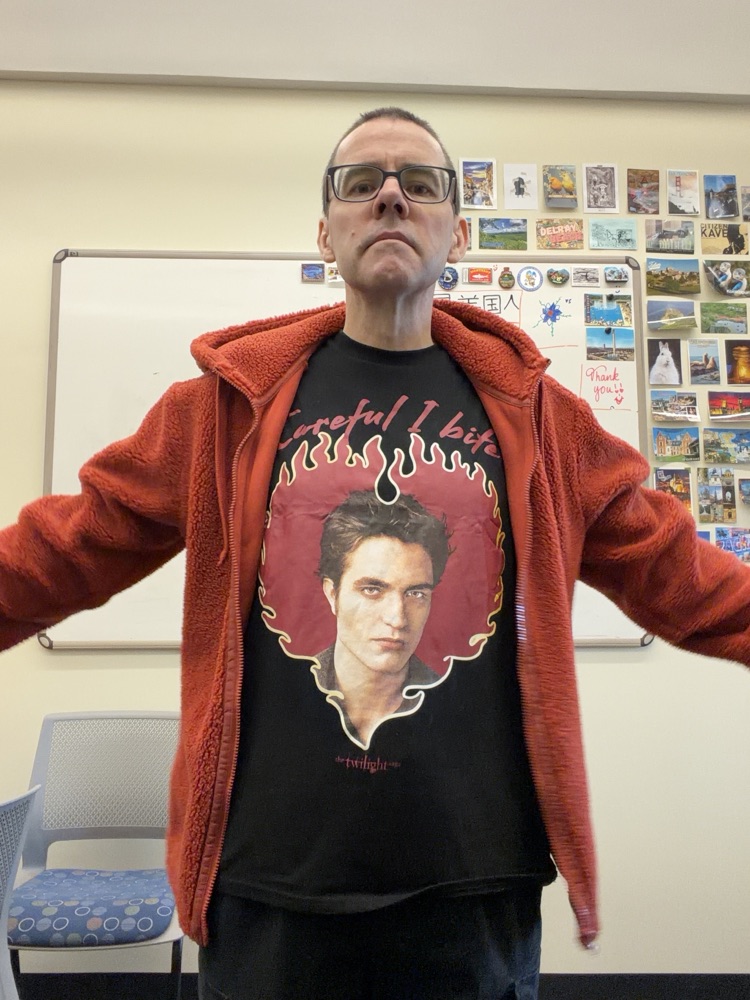
That’s my work Halloween ‘outfit’ – a $5 Twilight shirt from Five Below. I imagined the shirt would be a bit dated for my students but that wasn’t the case and I got a few asking why I didn’t have on a Jacob shirt 🙂
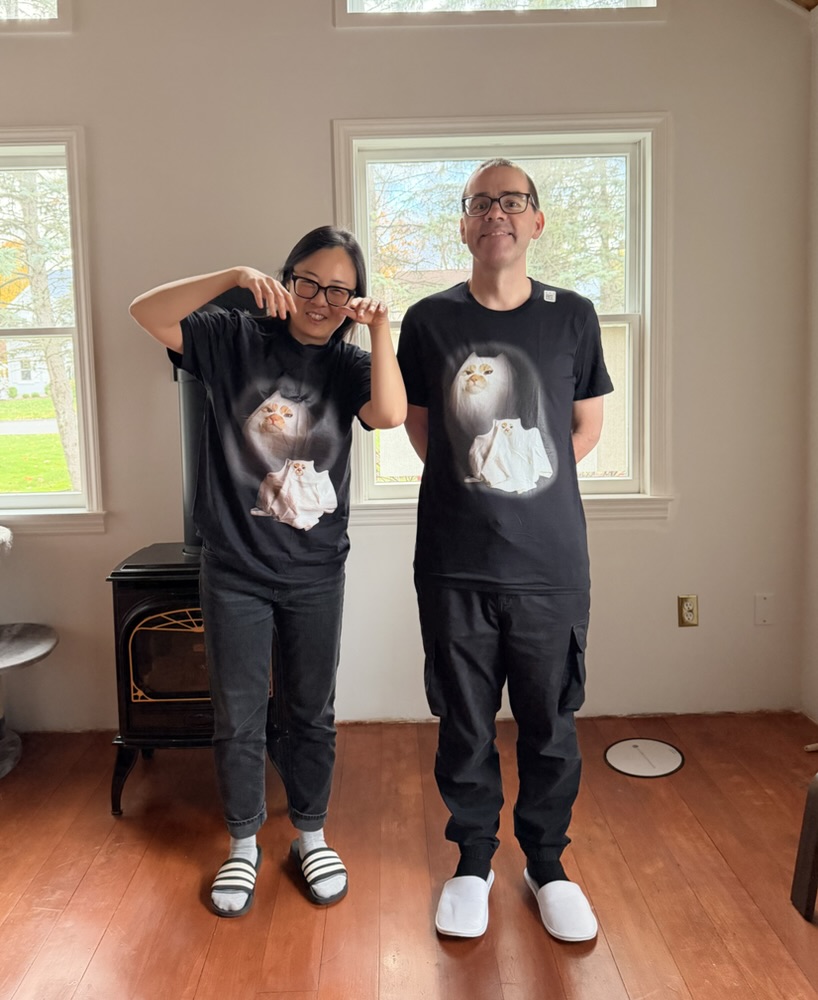
Upon arrival at Jessica’s she revealed she had (accidentally?) purchased two copies of this ghost cat shirt, one of which was gifted to me, so I suppose I had two ‘outfits’ this year.
We got a lot of kids. I kept count actually, and more than 175 knocked on Jessica’s door. We had about 600 pieces of candy so we were well-prepared, but for about an hour they came thick and fast and it was hectic keeping up with them!
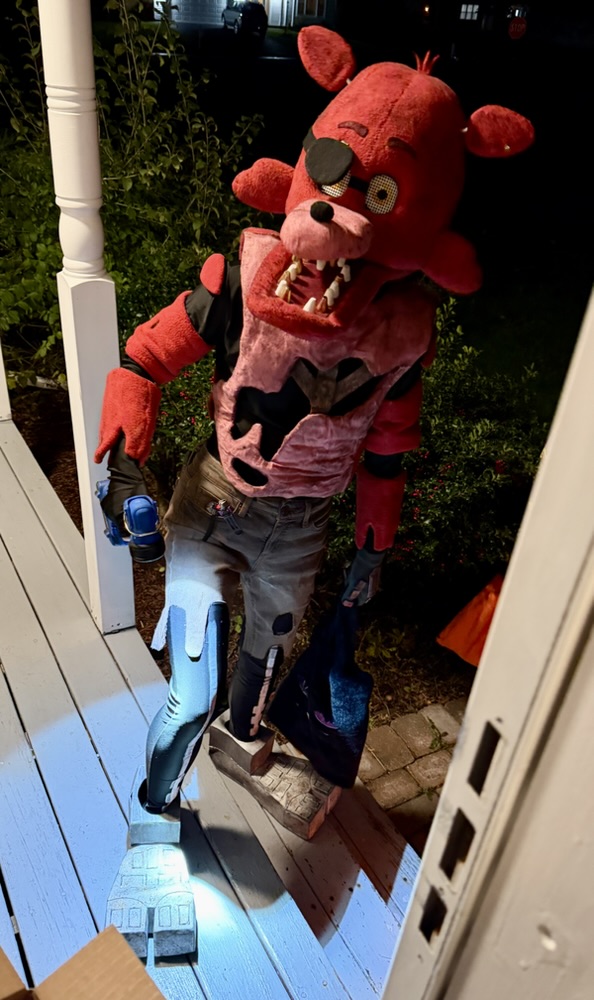
For obvious reasons I don’t photograph the kids, but I made an exception for the above since it was an adult and since she claimed to have made the entire outfit (of a character from the horror game Five Nights At Freddy’s) herself.
Amongst children who wore costumes (about 90% of them) the five most popular (in order) were princesses, skeletons, spidermen, ninja and clowns. Runners up (with more than a single examples each) included witches, K-Pop Demon Hunters, Ghostface (from Scream), Harry Potter, black cats, Minecraft, cheerleaders, Bluey, bananas, soccer players, Chucky, the clown from Terrifier, ballerinas, Vampire Diaries, basketball players, Fortnite and Disney characters.
And lastly there were dozens of costumes only represented by a single child, including Captain Hook, Taylor Swift, a ghost, Reed Richards, an explorer, a pilot, a race car driver, a rocket, Michael Myers, a robot, a taco, a demon, the Grim Reaper, a bee, a ladybug, a deer, a doctor, red-riding hood, a ghillie suit, Skibidi Toilet, a murderer, Barbie, a flower, a bat, Princess Leia, an M&M, Freaky Friday, a devil, the Winter Soldier, Iron Man, a gingerbread man, a crazy cat lady and two dozen or so other characters I couldn’t identify.
In short, a fun night.

That’s the house just across from Jessica’s and they go all out with the yard with projectors and animated lights. They counted kids as well and got 207, and even though they are literally across the street the reason they got 20% more is that all these lights are irresistible for 5 year olds hunting for candy so they walk right past Jessica’s!
Maybe next year we’ll put a few lights up in her yard…
